Hvilken vei skal presten vende seg?
Una Voce har skrevet flere artikler om liturgiske spørsmål som de har samlet på denne siden. De skriver:
While the Holy Father makes reference to two areas of possible change to the 1962 books, new Saints and Prefaces, debate about the future of these liturgical books is not limited to those matters. For that reason, and also because of the first mentioned purpose of these papers, we will be addressing topics on a wide range of issues. As well as an introductory paper, giving something of a disclaimer about our remit, the first six topics planned are:
Introduction
The Service of Men and Boys at the Altar
Liturgical Piety and Participation
The Manner of Receiving Communion
(The Vulgate and Gallican Psalter)
Liturgical Orientation
(Holy Week)
De to i parentes over er ikke ferdige, og nå nylig er en artikkelen om liturgisk orientering klar (pdf-fil her), en artikkel som har følgende oppsummering (og som jeg kommer til å dekke litt gundigere om ikke lenge):
The celebration of Mass ad orientem (towards the East, away from the people) is a very visible difference between the Extraordinary Form and most celebrations of the Ordinary Form of the Roman Rite. Celebration versus populum was known in the early centuries, and in certain churches later (notably, St Peter’s Basilica in Rome), but celebration ad orientem was more common, and in any case the value of the practice cannot be determined solely by ancient practice. Rather, as Pope Benedict has argued, celebration ad orientem emphasises both the escatalogical nature of the liturgy, and the common orientation of priest and people towards the Lord, as opposed to an excessive focus by the Faithful on the celebrating priest (and vice versa). It also emphasises the sacrificial nature of the Mass. In all these ways it is central to the character and value of the Extraordinary Form as a whole.

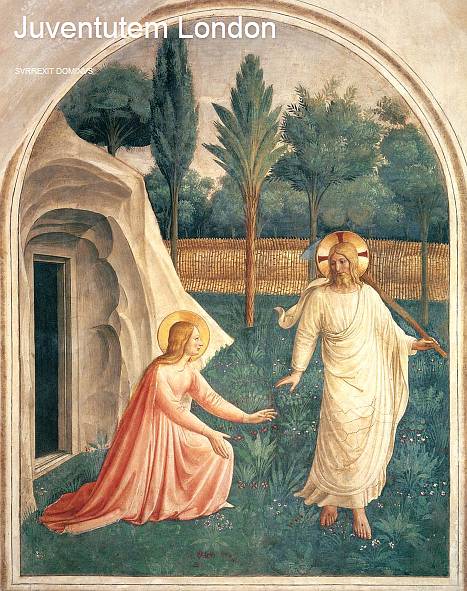
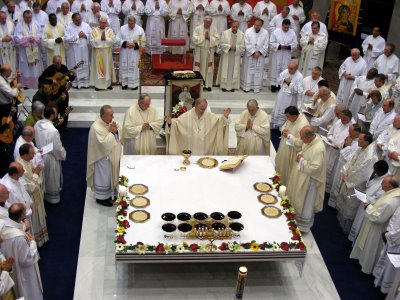
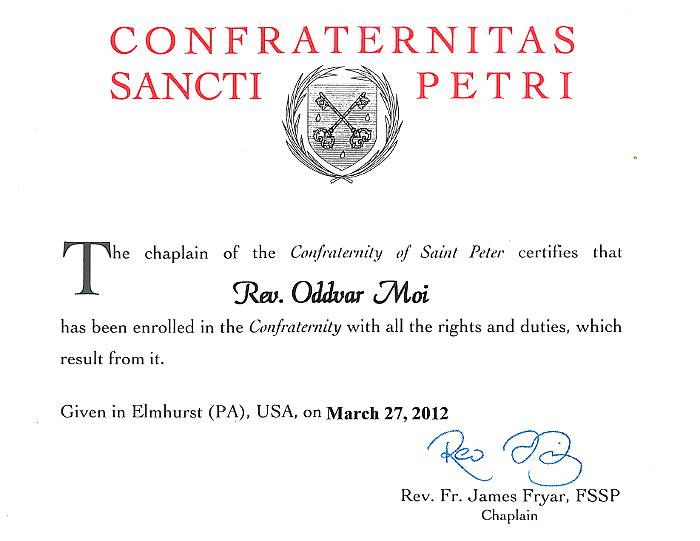
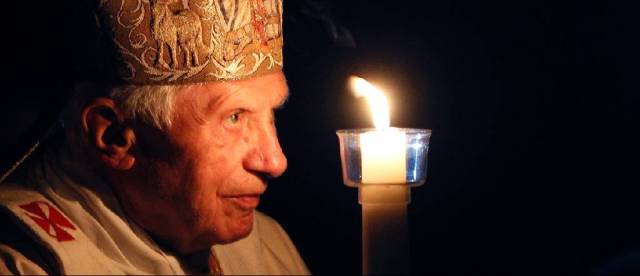
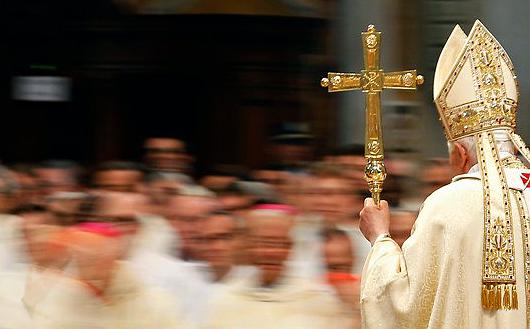

 DIVINE PROVIDENCE is not without her sense of irony. For whilst it was both a joy and a consolation to come to know and love the usus antiquior, the more ancient liturgy of the Roman Rite, as celebrated under the indults; granted during the reign of the much-loved Pope John Paul II, one could never quite escape the feeling that one was ever-so-guilty of a clandestine activity about which one could not really speak in polite, mainstream ecclesiastical company, let alone in the presence of the hierarchy.
DIVINE PROVIDENCE is not without her sense of irony. For whilst it was both a joy and a consolation to come to know and love the usus antiquior, the more ancient liturgy of the Roman Rite, as celebrated under the indults; granted during the reign of the much-loved Pope John Paul II, one could never quite escape the feeling that one was ever-so-guilty of a clandestine activity about which one could not really speak in polite, mainstream ecclesiastical company, let alone in the presence of the hierarchy.